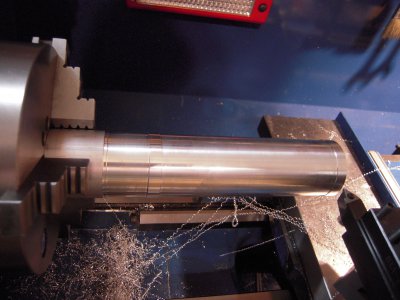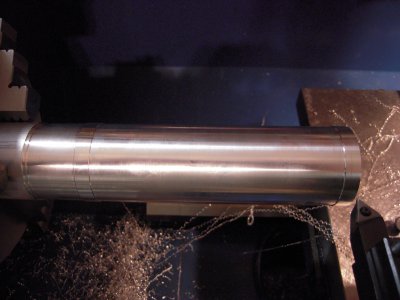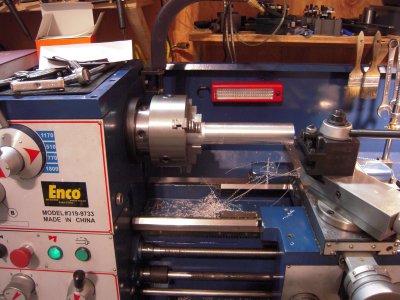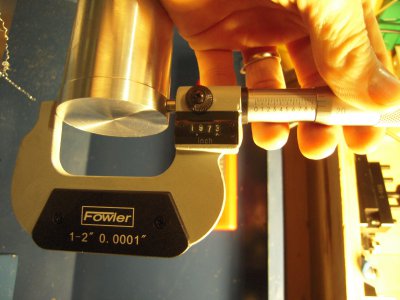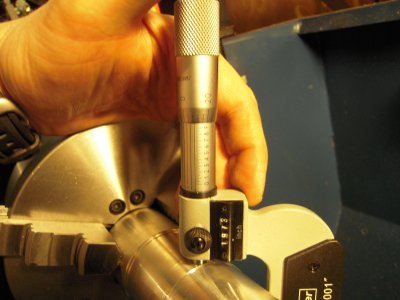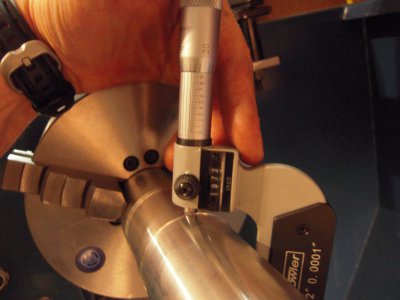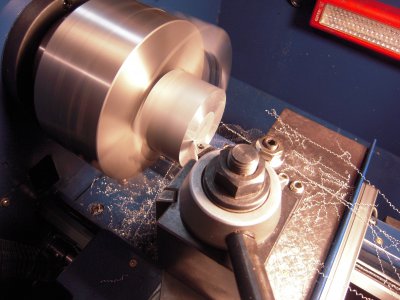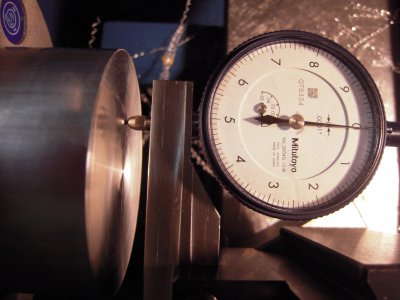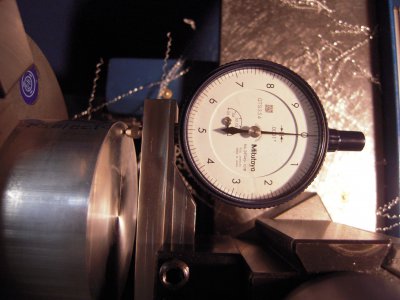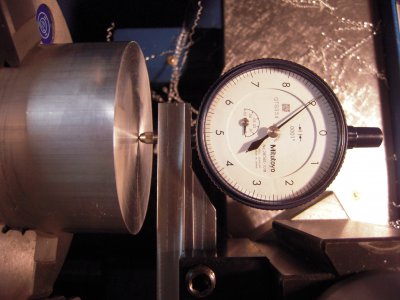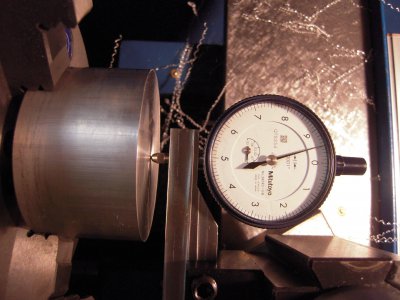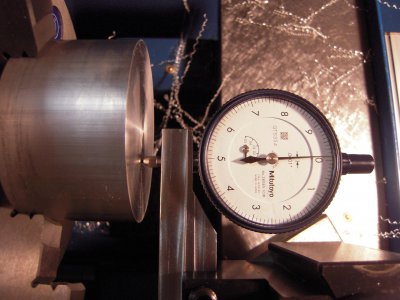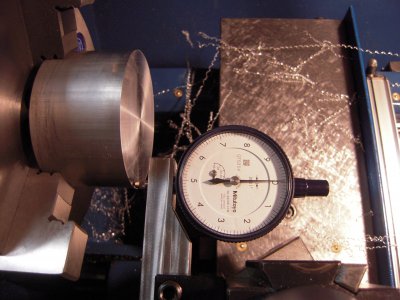- Joined
- Jan 29, 2013
- Messages
- 114
Yes use the 2 collar shaft you have now. It's out .0043" right. I sounds like your head has a pin then. Just forget about the test bar and chuck up the tube and take more cuts until the far right is .0001 to .0002" Big.
I suspect the test bar has some issues. Bed time here. No problem on when you call..It's my cell and I have it close all the time.
Rich
All right, I'll go with the cuts until I can get the right collar a little bigger by the amount above. Is it okay that I have removed the chuck and 2-collar bar? Should I re-do the cuts? And, do I repeat the procedure each time as if I were cutting the first time on each collar? I assume that should be consistant. Would there be an advantage to using the aluminum at all, I'm not that attached to it.
Thanks for you generous offering of time.
Barry
Oh, and one bad thing about these lathes is the necessity of removing the change gears and tension arm to get to the adjustment bolt on the front back of the headstock.


